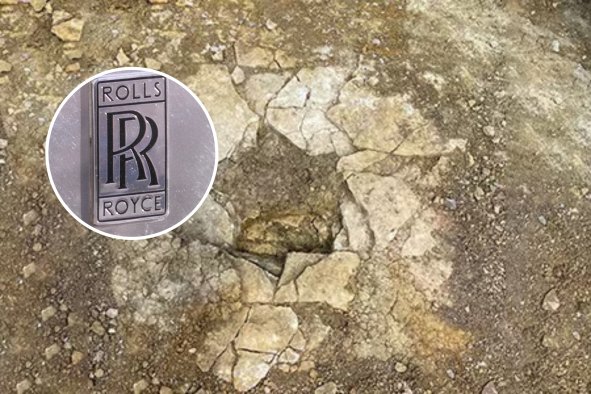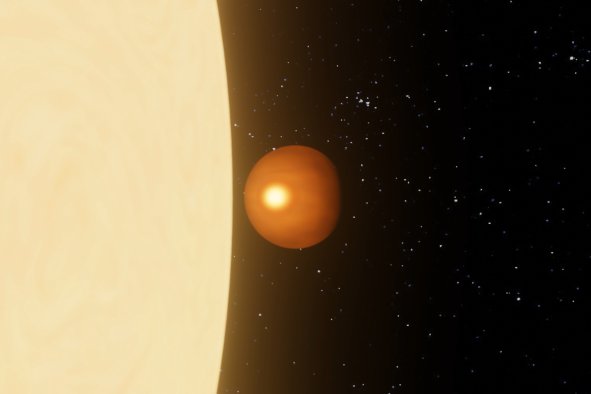A team of paleontologists has discovered a new species of beaked dinosaur in Japan.
The newly identified species, named Sasayamagnomus saegusai, is a close relative of the famous triceratops, but it differs significantly in size and characteristics, according to the researchers.
Fossils of the dinosaur were found in Tamba-Sasayama City, located in Japan's Hyogo Prefecture, a study published in the journal Papers in Palaeontology reports.
The discovery included 17 bones, which scientists believe belong to a young individual of the species.
Unlike the larger, more familiar triceratops, which could reach up to 30 feet in length, Sasayamagnomus had a diminutive body size of less than 3 feet in length and likely weighed only around 22 pounds.
The name of the new species derives from the Sasayama region, where the fossil was unearthed, and also honors the late Haruo Saegusa, who contributed to paleontological research in Japan.
The species is part of a group of herbivorous dinosaurs known as the ceratopsians, of which triceratops is perhaps the most famous.
Ceratopsians, known for their beaks and elaborate head ornaments, including large horns and frills, thrived in the Northern Hemisphere from the Late Jurassic (around 161million to 145 million years ago) through the Cretaceous period (around 145 million to 66 million years ago).
But the new species possesses "unique" characteristics distinct from any known ceratopsian. Unlike triceratops and other later relatives, Sasayamagnomus lacked large horns and frills, for example.
Sasayamagnomus represents the earlier evolutionary stages of the ceratopsians in Asia, and is closely related to primitive members of the group from North America.
The discovery reinforces the the idea that ceratopsians, which appear to have originated in Asia, may have migrated to North America around 110 million years ago via the Bering Land Bridge during the mid-Cretaceous period.
During this period, the eastern part of the Eurasian continent and the western portion of North America were connected by the land bridge, allowing animals to migrate between the two.
This period saw significant global warming that resulted in the growth of vast forests in the Arctic region, which may have also facilitated the expansion of ceratopsians from Asia to North America.
Do you have an animal or nature story to share with Newsweek? Do you have a question about paleontology? Let us know via science@newsweek.com.
Update 09/06/24, 11:28 a.m. ET: This article was updated with a locator map of Tamba-Sasayama.
References
Tanaka, T., Chiba, K., Ikeda, T., & Ryan, M. J. (2024). A new neoceratopsian (Ornithischia, Ceratopsia) from the Lower Cretaceous Ohyamashimo Formation (Albian), southwestern Japan. Papers in Palaeontology, 10(5). https://doi.org/10.1002/spp2.1587
Disclaimer: The copyright of this article belongs to the original author. Reposting this article is solely for the purpose of information dissemination and does not constitute any investment advice. If there is any infringement, please contact us immediately. We will make corrections or deletions as necessary. Thank you.



